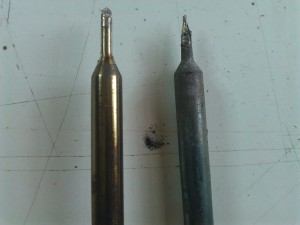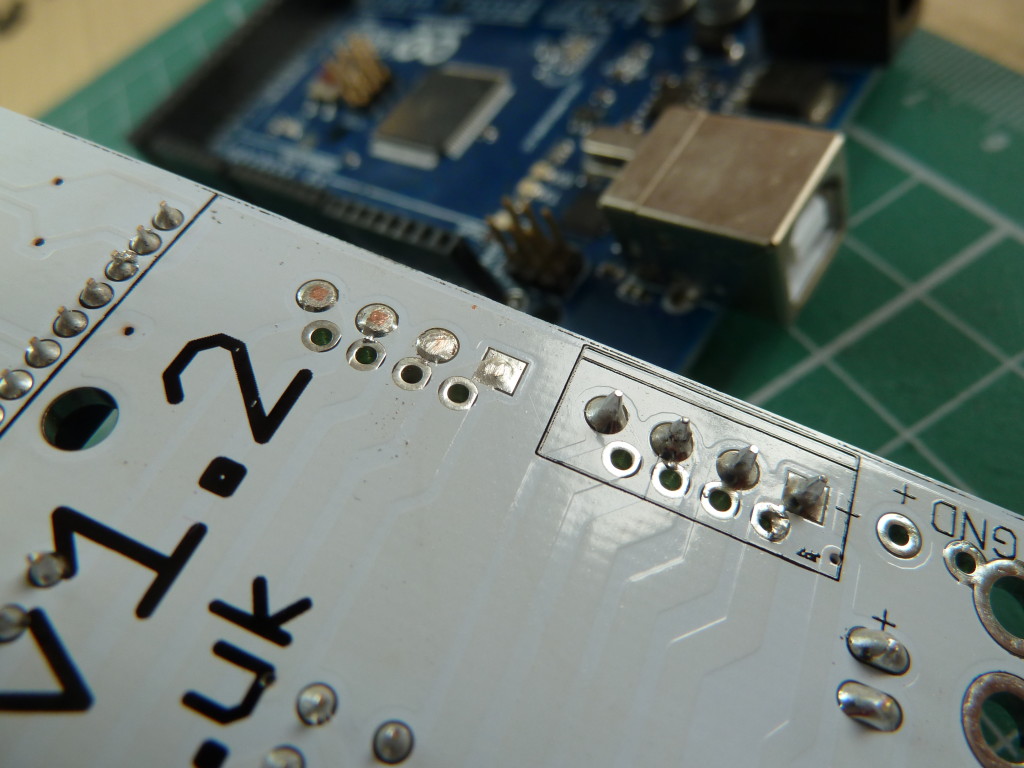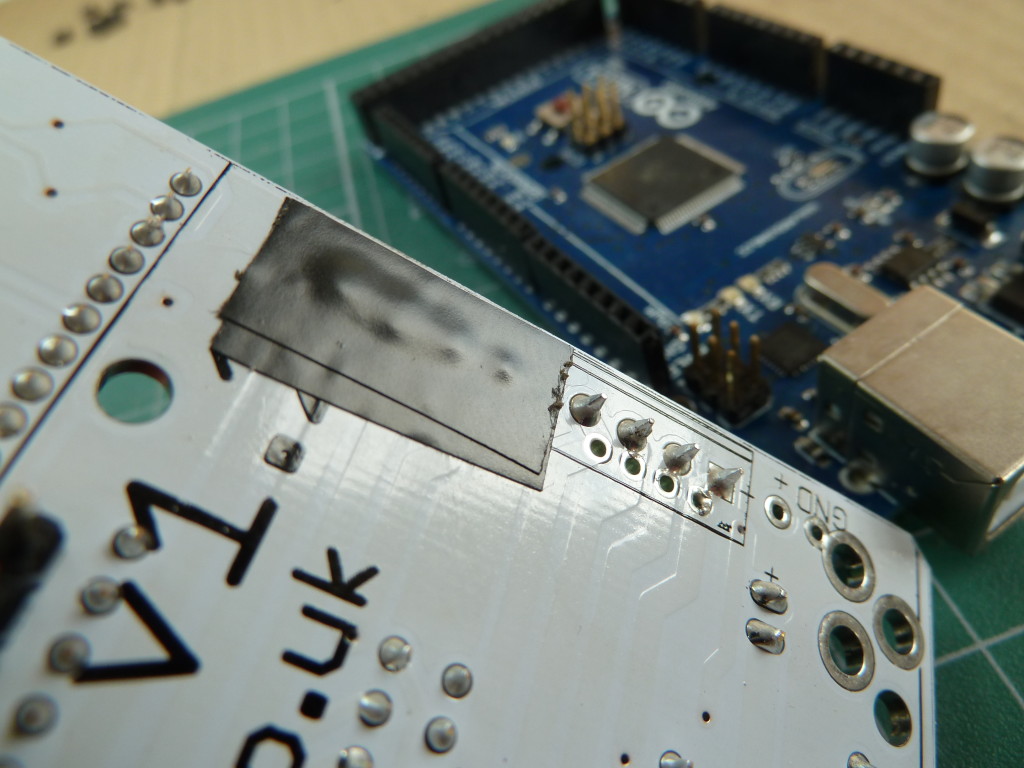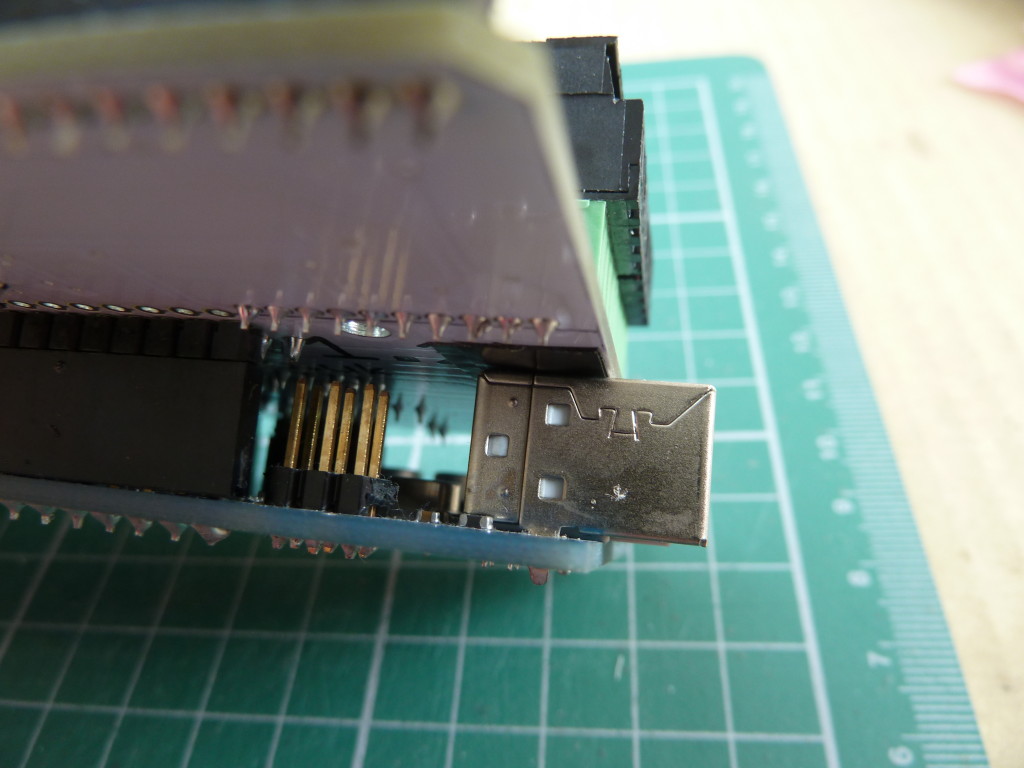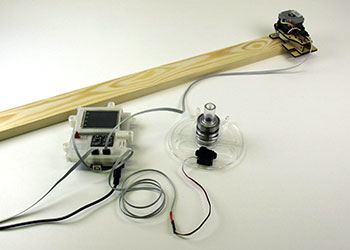When I use my array of scalpels and box cutters, they get blunt. I don’t notice so much, but slowly, I’m applying more pressure to get the same cut done, I’m tolerating sub optimal performance.
It’s such a good feeling when I put a new blade in, cutting like butter, and every time I do (every time) I reflect that I mustn’t leave it so long next time – the benefits of having the right tool for the job outweighs any notional benefit of being a cheapskate.
As with soldering. I can do the surface mount stuff easily and quickly en masse, but I dread the through-hole stuff, the pin headers and sockets. It just seems to take forever, and is a battle.
I looked at the iron tip, which has slowly been getting narrower and narrower. It was initially thin to do 0804-scale surface mount soldering, but I now use hot air for that. It’s no longer the right tool for the job, and it’s terrible corrosion makes it even worse. I looked for a replacement, but remembered I had got a multipack of tips last time, containing a mixture of sizes. Grumbling, I put the next smallest one I had on, and after the first joint, wished I’d done it months ago.
Bigger tip = more heat = quicker joints. Obvious.
As an amateur, economy plays a large part in my reluctance to snap off a blade segment, or unwrap a new blade, and also storage and access (trying to remember where I put the spares months ago).
As a professional (which I suppose I am) I have to balance cost with speed and quality. And as an employer (employing myself albeit) I have to balance cost with quality of life.
Right tool for the job.

